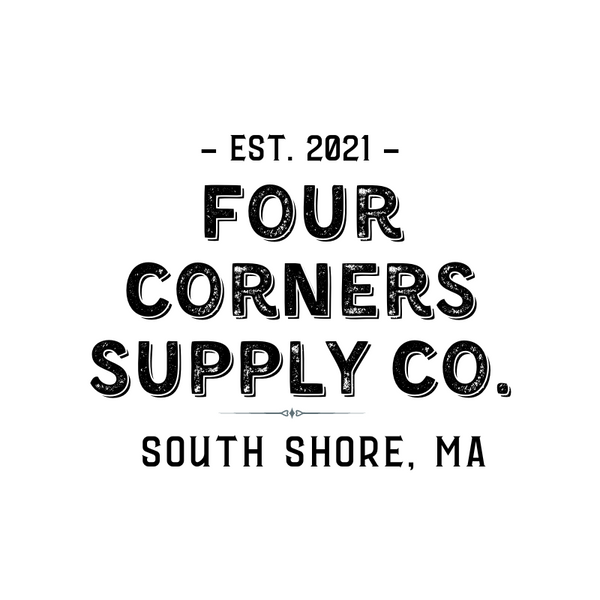The True Cost of Black Friday: Why We Choose Sustainable Shopping Instead
Share
As we mentioned in last week's blog post as many 80% of Black Friday purchases go unused. We try not to get too negative, but ICYMI United States sends more than 34 billion pounds of used textiles, mostly heading to the landfill, annually. If you haven’t seen it, Buy Now! Is a great documentary about our heightened consumerism, AI algorithms to make you need more… with staggering statistics, like 22 million pounds of Amazon’s global packaging waste from 2022 will end up in the world’s waterways and seas.
We live in a very wasteful world (some of which is incredibly frustrating ...why fix your appliances when buying a new one is cheaper?) and so while I fully understand the financial push and pull, it’s so important to think about conscious consumerism.
Presents that are purchased just to fill a void and just because….how many have you received? (particularly when buying the obligatory gift for someone you don’t know)
Sometimes it’s unavoidable, but with intentional gift giving…or conscious consumerism, however you want to frame it, you can do better. Products that are purchased locally reduce waste and transport cost. Products that are designed to last and reduce waste. Think about the longevity of a metal dust pan versus a plastic one. Yes, the metal one is more expensive, but it’s not going to split in half in a few months.
A beautiful upcycled ornament? Well…it was already designed for the trash and now it has a second life. A refillable hand sanitizer versus a new plastic one every time. Crafts that are plastic free and not creating unnecessary waste or getting plastic glitter all over the house.

A friend of mine gave me this observational tool that's handy for ‘looking at the world.’ And while you don’t need a little tool, I think it's a great thing for perspective whether you are working on your conscious consumerism…or perhaps decluttering your home.
What is this?
What is it for?
How did it get here?
Who uses it?
What else does it do?
What is it used for?
Who made it?
What is it made of?
Why does it exist?
Before bringing in anything at the store we go through a similar checklist…
Do you need this or would it make life easier/better?
Is this replacing another item in a more sustainable way?
What is the life cycle of the item? What is it produced from? What is the length of time it will last in your home and on this earth? (sometimes we want things to last a long time, like an umbrella; and sometimes we don’t, like your toothbrush)
How was this item made? Who made it? Was each part of the process sustainable and ethical?
Is this item safe for living creatures (people of all ages, pets, animals, the earth)?
How far did this item travel to get here?
Is the item affordable?
Nothing is ever perfect, but we like to think we do a pretty good job and take care of a lot of the mental load for you.
Of course we didn’t stay on topic at all but the moral of the story is to stop buying junk OR stop buying more than you ‘need.’ (I use need in ‘ ‘ because there are lots of things in the store that you don’t need…but you don’t need 10 unused candles)
When you shop like a maniac bargain hunter online or in store….welp 9/10 you buy stuff you don’t need and won’t use….and with that? A lot trash.
